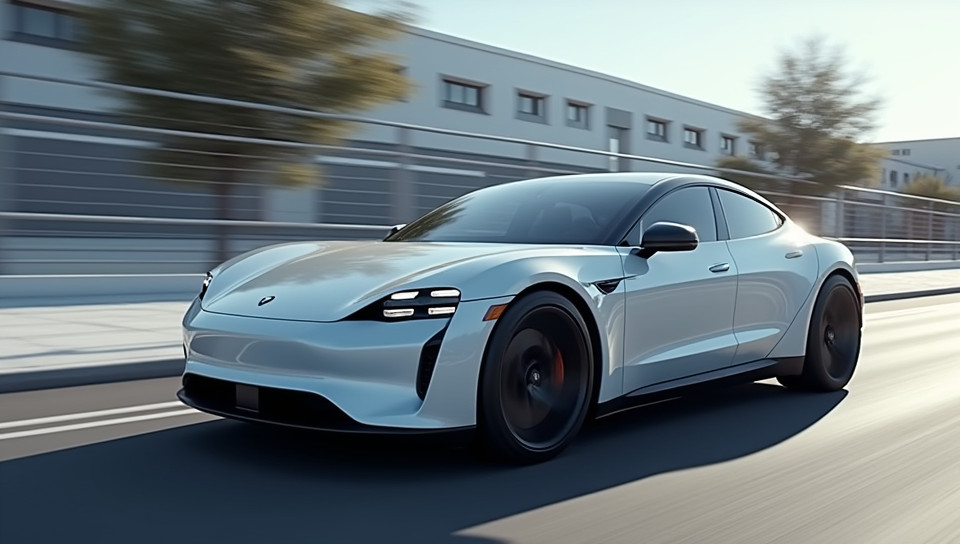Electric vehicles have longer driving ranges nowadays 92%

Electric Vehicles on the Rise: Longer Driving Ranges for a Sustainable Future
The automotive industry has undergone significant transformations in recent years, driven by increasing concerns about climate change and air pollution. One of the most notable developments is the growing popularity of electric vehicles (EVs), which have gained momentum globally due to their environmental benefits and improving technology. As consumers become more environmentally conscious, manufacturers are responding with innovative solutions that address the key challenges associated with EV adoption: range anxiety and charging infrastructure.
Advancements in Battery Technology
A major factor contributing to the longer driving ranges of modern electric vehicles is the significant improvement in battery technology. Advances in materials science have led to the development of high-energy density batteries, which enable EVs to travel farther on a single charge. Some examples of these advancements include:
- Improved cathode and anode materials for increased energy storage
- Enhanced battery management systems (BMS) for optimized charging and discharging cycles
- Increased use of lithium-ion technology, with ongoing research into solid-state batteries
Enhanced Efficiency and Aerodynamics
Manufacturers have also focused on optimizing EV designs to minimize energy consumption. This involves a combination of aerodynamic improvements, lightweight materials, and more efficient powertrains.
- Active grille shutters to reduce drag and improve airflow
- Lightweight materials such as carbon fiber and aluminum for reduced weight and improved fuel efficiency
- Regenerative braking systems that capture kinetic energy and convert it back into electrical energy
Increased Charging Infrastructure
The expansion of charging infrastructure has addressed one of the major concerns associated with EV adoption: range anxiety. Governments, companies, and private investors have invested heavily in building out public charging networks, making long-distance travel more practical for electric vehicle owners.
- Fast-charging corridors along highways to facilitate long-distance travel
- Urban charging hubs providing convenient access to charging points
- Home charging solutions that enable seamless recharging at home
Conclusion
The evolution of electric vehicles has been marked by significant advancements in technology, efficiency, and infrastructure. As consumers continue to prioritize sustainability and environmental responsibility, manufacturers will likely respond with even more innovative solutions. With longer driving ranges, improved battery life, and expanding charging networks, electric vehicles are poised to play a major role in shaping the future of transportation.
- Created by: William Rogers
- Created at: Aug. 14, 2024, 10:47 p.m.
- ID: 7160







